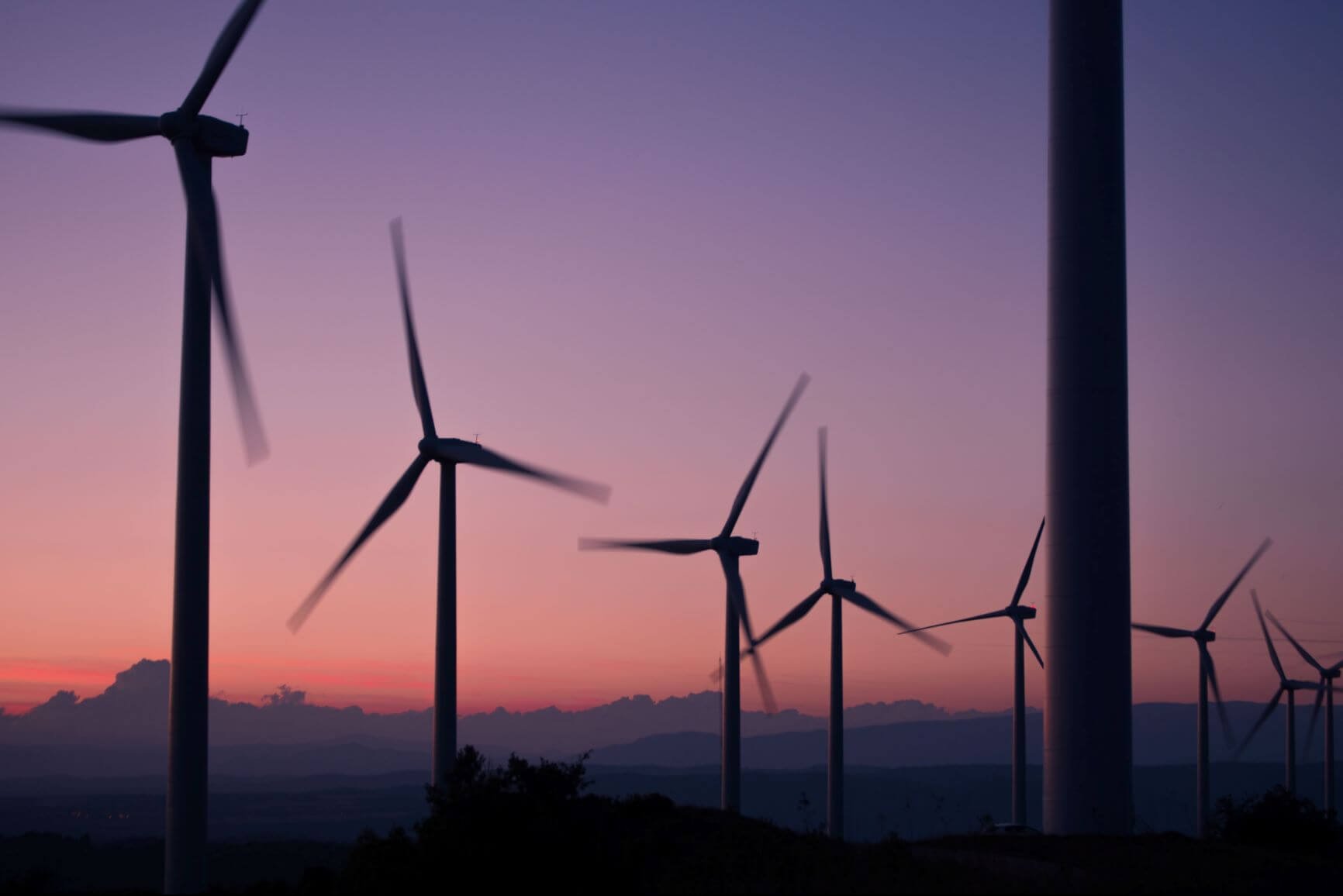

Blockchain is expected to have a large impact on the energy sector. Blockchain technology in the energy sector should deliver the benefits of a decentralised market, facilitate peer-to-peer trading – allowing consumers to trade directly with lower transaction costs – and increase the transparency of the network.
Blockchain aims to revolutionise almost everything in the energy sector. This means there will be reduced transaction costs, improved productivity, and better grid management.
Blockchain technology is decentralised, meaning no singular entity can have control over it. All banks and governments are centralised and can dictate and control finances and personal information. However, decentralisation means there isn’t a single target to be hacked and nobody is leaking people’s information to anyone.
This decentralisation is proving to benefit the energy sector massively. Decentralised energy is not yet understood widely, but it refers to when energy is generated off the grid. The energy will be produced close to where it will be used, rather than at a large plant.
There are many benefits of this, including reduced transmission losses and lower carbon emissions. In the long term, decentralised energy creates many benefits for the economy. It can also offer more competitive prices than traditional energy, which will see a rise in the number of businesses wanting to use the technology. Even though initial installments of this type of energy may be more pricey, the decentralised energy tariff creates more stable prices.
By using this smarter type of energy, house builders and developers will be certain the energy they are using is locally provided, sustainable, and competitive. This is because decentralised energy is the more cost-effective route to achieve carbon footprint targets.
Blockchain has the power to change the market in the energy sector. Because of its decentralised nature, blockchain is able to take away the rates that are fixed to centralised bodies. This is because electricity rates are provided by centralised authorities, meaning they are in charge of the large costs.
Once blockchain has infiltrated the market, the electricity tariffs will begin to act like tradeable commodities which will respond to the supply signals in the electricity market. The benefit of this is that consumers will have a bundle of choices when choosing their electricity service provider. This means that consumers will be able to scan through the blockchain listings to find the best deals to suit them.
If the energy sector fully embraces the decentralised blockchain technology, consumers can start to trade in the P2P market. Consumers can benefit massively from this as electricity can be used as a tradeable asset. Blockchain will provide advantages such as network transparency and low transaction costs.
There are blockchain-based companies already working to create solutions that tailor a peer-to-peer electricity trading market. Companies such as Power Ledger and Electron are among the first to start implementing this P2P market.
Microgrids, which are a localised group of electricity sources, are also appearing in cities such as New York and Sydney. These microgrids allow a specific area to trade in electricity. With natural disasters like floods, earthquakes, and hurricanes happening so regularly, backup plans need to be put in place, and that’s what microgrids offer. They are able to sustain a community or city with enough power to function until the main grid is back online.
Blockchain will only be able to become mainstream if more businesses begin to use it. However, blockchain has already proven to be more than beneficial for the energy network. Here are some of the current blockchain projects within the energy sector.
Blockchain start-up WePower recently tokenised a year’s worth of Estonian electrical grid data. The project involved capturing all the consumption and production data from Estonian transmission system operator Elering onto the blockchain. This hourly data from 700,000 households was aggregated by address and turned into 39 billion smart energy tokens.
Each token is a digital self-settling power purchase contract representing one kilowatt-hour of power. The tokens are tradable and can be sold into the local energy wholesale market.
UK-based distributed ledger technology and smart contracts venture Applied Blockchain became an affiliate of non-profit organisation Energy Web Foundation (EWF) in 2018.
EWF is an ecosystem of global energy companies, utilities, grid operators, blockchain developers and users, and infrastructure providers collaborating on the implementation of large-scale blockchain-powered projects.
Energy Web Foundation and PJM Environmental Information Services Inc (PJM-EIS) recently announced a landmark collaboration in blockchain energy. The project is focused on developing and testing a market-wide reference implementation of a decentralised toolkit for renewable energy and carbon markets. The toolkit simplifies and enhances the way in which customers procure renewable energy.
Read our guides on cryptocurrencies, exchanges, and blockchain technology.
Denver, Colorado, 24th February 2025, Chainwire
Denver, Colorado, 20th February 2025, Chainwire
Washington, D.C., 18th February 2025, Chainwire
Dubai, UAE, 27th January 2025, Chainwire
Those who enter the market at this time may be surprised to hear that Bitcoin…
George Town, Grand Cayman, 22nd November 2024, Chainwire